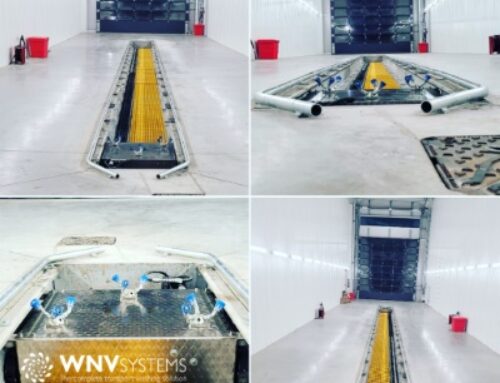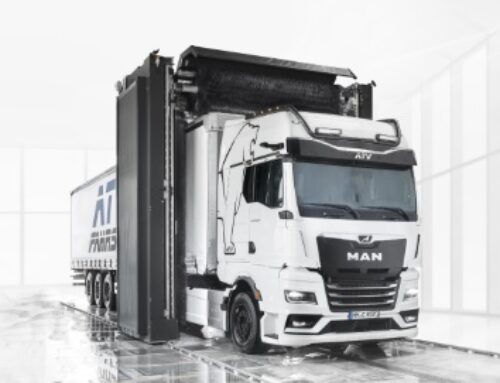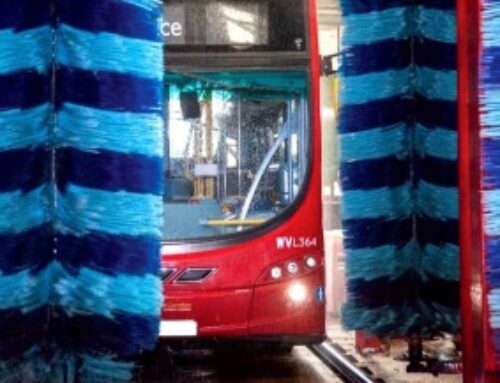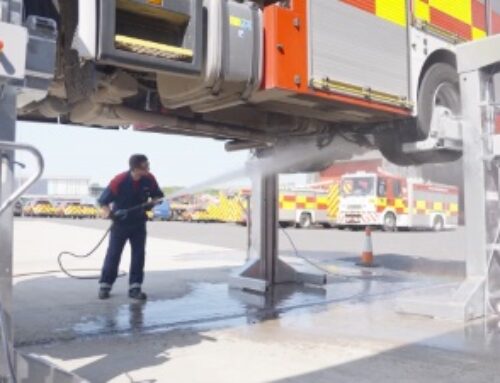Pailton: beware of aftermarket claims
 Roger Brereton, head of sales at Pailton Engineering, discusses how choosing original equipment parts for heavy good vehicles (HGVs) could significantly reduce the cost of fleet operations
Roger Brereton, head of sales at Pailton Engineering, discusses how choosing original equipment parts for heavy good vehicles (HGVs) could significantly reduce the cost of fleet operations
The American Transportation Research Institute (ATRI) calculated that the average cost of operating each road freight vehicle in the United States was $1.69 per mile, factoring in fuel, insurance wages and maintenance to provide a calculation for the total cost of ownership.
The same report explains that repair and maintenance costs for road freight vehicles increased by more than 60 per cent in the decade from 2008. This is widely attributed to growing technological sophistication in trucks and the increase of luxury add-ons.
The report also highlights the trend between how intensively vehicles are driven and the effect this has on hardware. Intensively driven vehicles often have higher repair and maintenance costs due to greater wear and tear, reinforcing the importance of choosing parts that can endure a high number of miles.
Ultimately, if you buy cheap, you buy twice. When steering system parts in trucks, buses or other large vehicles need replacing, engineers must decide whether to source the original equipment (OE) part from the vehicle manufacturer, or a similar aftermarket alternative. While the latter may have a tempting lower price tag, poorer quality versions do run the risk of breaking down sooner than expected.
Because third party parts are not an exact match, it is difficult to ensure the same levels of functionality. For instance, the part will not have endured the same rigorous testing as an OE part and therefore cannot guarantee the same level of performance.
Similarly, the raw material used to produce the aftermarket version, won’t be the same premium quality as OE-standard parts – again, reducing its efficiency.
 Should an aftermarket part break down, this failure could take a vehicle off the road for weeks at a time — adding to overall costs and necessitating the purchase of yet another replacement.
Should an aftermarket part break down, this failure could take a vehicle off the road for weeks at a time — adding to overall costs and necessitating the purchase of yet another replacement.
Misleading straplines are part of the problem. Aftermarket parts are often labelled with ‘matched quality’. However, there aren’t any defined regulations on what this claim actually means. ‘Matched quality’ doesn’t mean the part is the same as an OE part, or that it is OE approved.
The part may also look very different to the original, as some aftermarket suppliers create one part for multiple applications. This method results in a very broad spectrum of applications, with no real engineering expertise for the application at hand. An OE part, on the other hand, is made for a specific vehicle.
To keep cost per mile low for any HGV, it’s important to keep part replacement intervals as long as possible. Engineers that choose OE parts won’t be faced with the headache of recurrent replacements or adjustments.
Pailton Engineering supplies high quality steering systems for trucks and other commercial vehicles. Information on the company’s full product range is available on the website.











